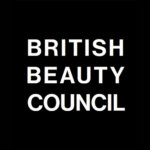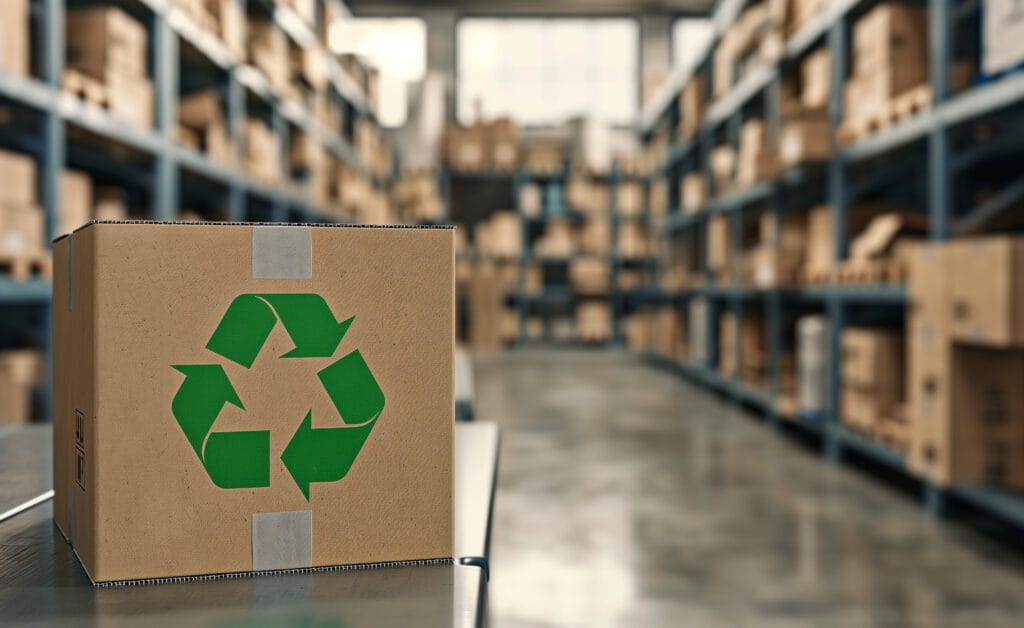Following the pandemic, brands all want a piece of the beauty ecommerce pie. With sales of prestige beauty seeing double-digit growth online last month, which brands are winning in the space?
In the Value of Beauty report (2023), the British Beauty Council explored beauty’s ecommerce boom following the Covid-19 pandemic. Whilst online sales have been growing exponentially over the last decade, between 2019 and 2022 the industry’s revenue coming from online channels jumped from 28% to 40%.
The influence of digital channels has not dwindled following this, with more and more brands harnessing new distribution models and pivoting into social selling. In a recent investigation, consumer intelligence company NielsenIQ charted the current state of the beauty ecommerce landscape by gathering data from 350K online shoppers. Here’s what the researchers found…
Pure player generalists rule the space
Despite brand loyalty being cornerstone of consumer behaviour in the beauty space, sites that sell several universes of products are winning the ecommerce race. According to the report, ‘Amazon owns 35.1% value share of online sales, (and is the) clear leader of the pack when it comes to merchants within the online beauty category in the UK.’
This is reinforced by MikMak’s most recent US-based Beauty eCommerce Benchmarks and Insights Report, which found that Amazon is driving 32.1% of purchase intent clicks. The online marketplace’s success can be attributed to speedy delivery times, ease of conversion, and strong discounting strategies.
Millennials are buying into beauty specialists
‘The beauty specialists to watch are Cult Beauty and Beauty Pie,’ starts the NielsenIQ report. ‘These retailers over-index with Millennials (and) see some of the highest average order sizes, at a staggering £65.40 and £63.50 respectively.’
What’s clear here is, where Amazon is losing customers due to its fragmented – and sometimes overwhelming – experience, sites including Lookfantastic and Sephora are winning. According to McKinsey and Company’s Cracking the Code on Millennial Consumers Report, the cohort is defined by thoughtful purchasing behaviours, that rely more on anecdotal product reviews and user-generated social content, two things beauty specialists are famously great at.
Not only are these sites offering a more curated, beauty-focused, journey but they are also pivoting to sampling and discounting to ensure success. Lookfantastic’s ‘Big Beauty Takeover’ is just one example of the saving events launched by beauty ecommerce specialists to rival Amazon’s Prime Day.
TikTok Shop’s success is down to ‘dupe’ culture
Launched in 2021, TikTok Shop was initially received with reticence when it landed in the UK as users became increasingly wary of branded content. However, over the past two years, scrollers have slowly been converting to consumers thanks to strong influencer strategies and the power of ‘dupes’.
‘Most of the top-10 fragrance items sold within TikTok Shop could be considered “dupes” of more expensive fragrances,’ NielsenIQ’s research found. And, the British Beauty Council’s recent exploration of the future of fragrance cited #PerfumeTok as a key driver for beauty’s success on the platform, referencing Ffern’s social-first strategy as a strong case study for brands looking to expand in the space.
You can read the full NIQ Beauty Buzz report here.




